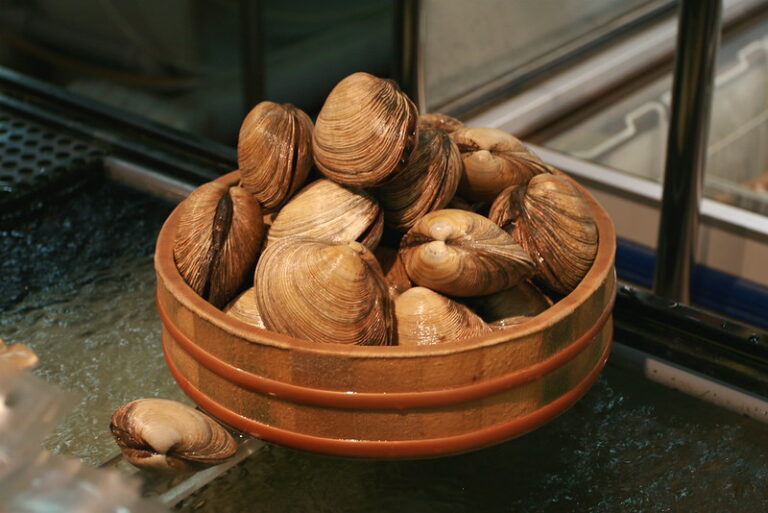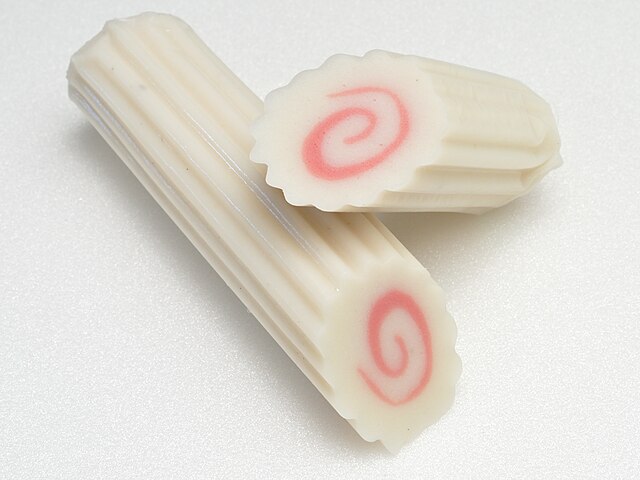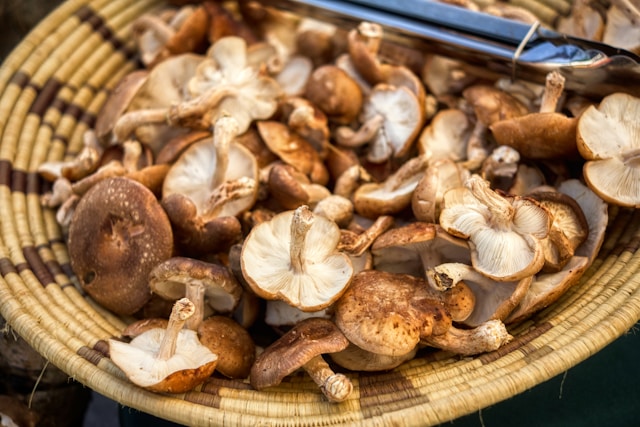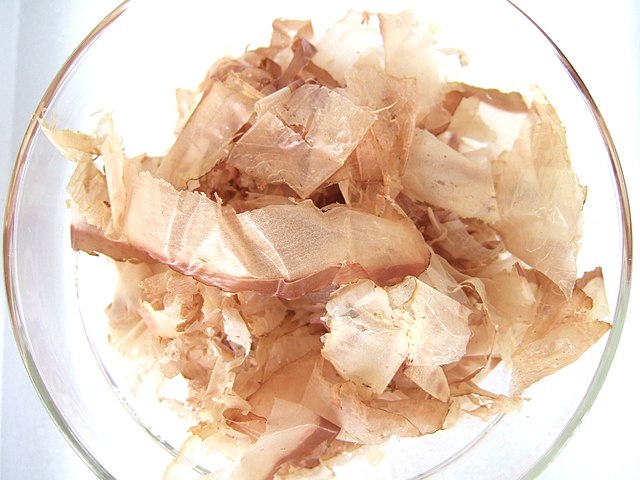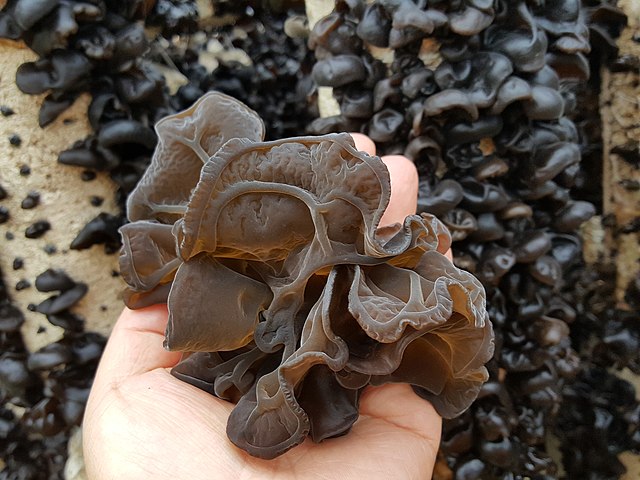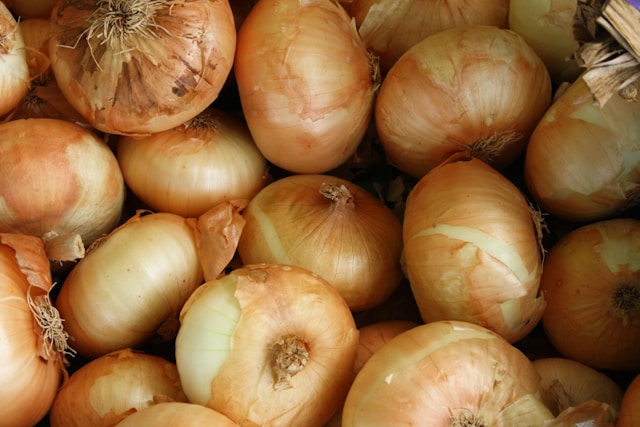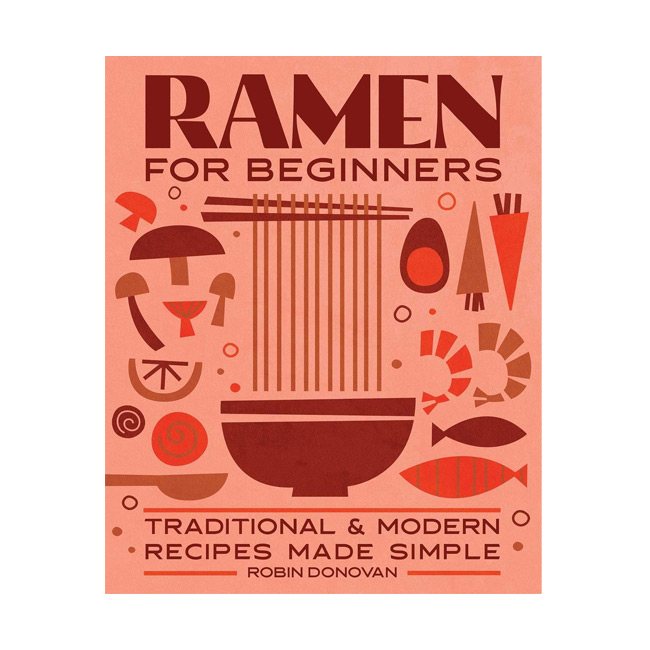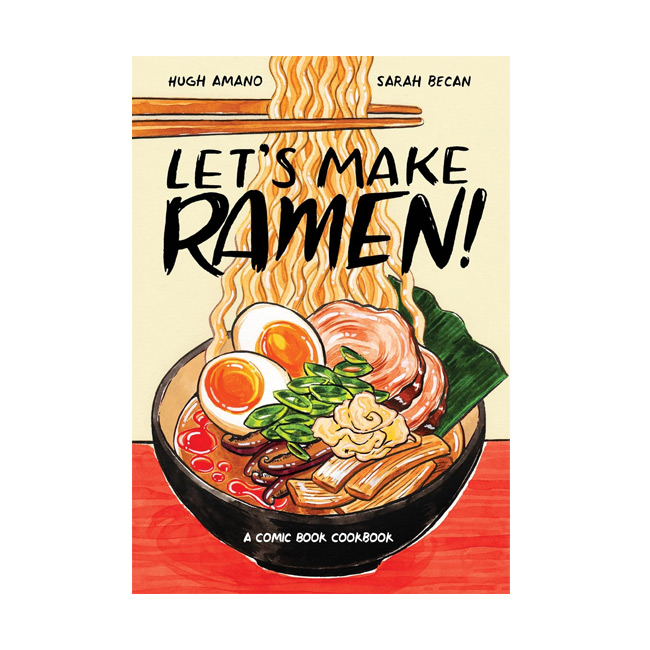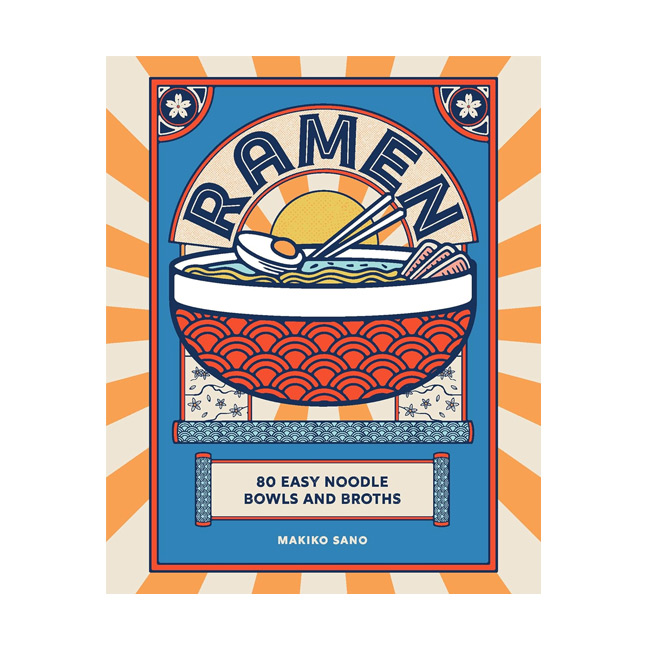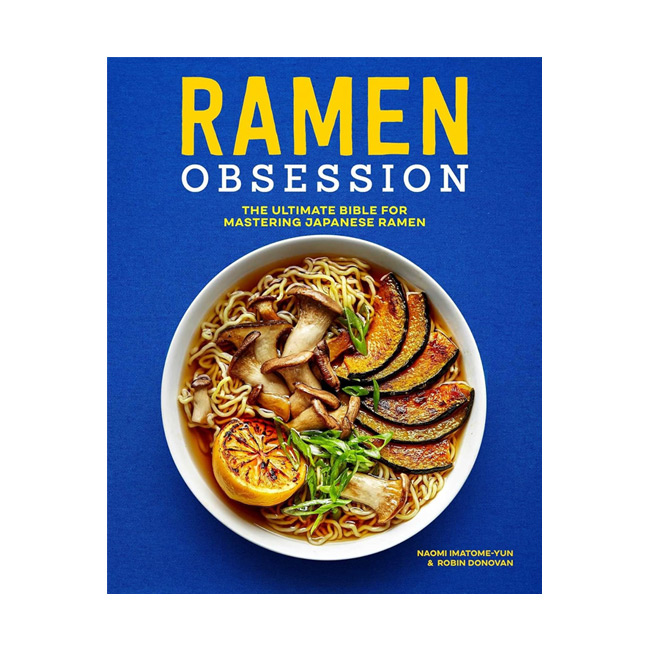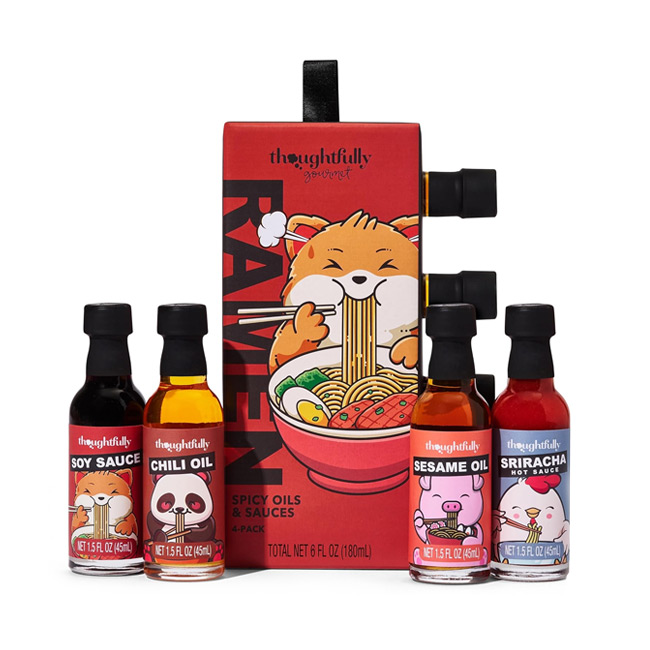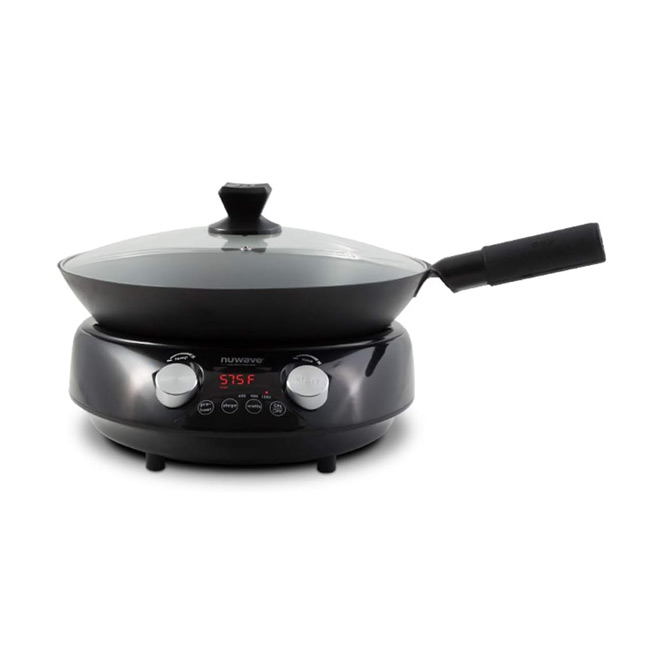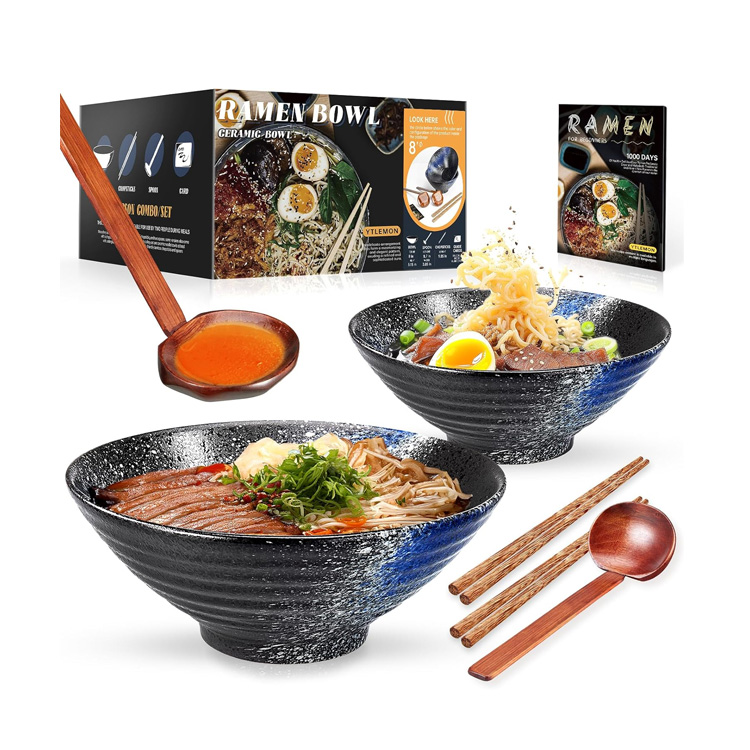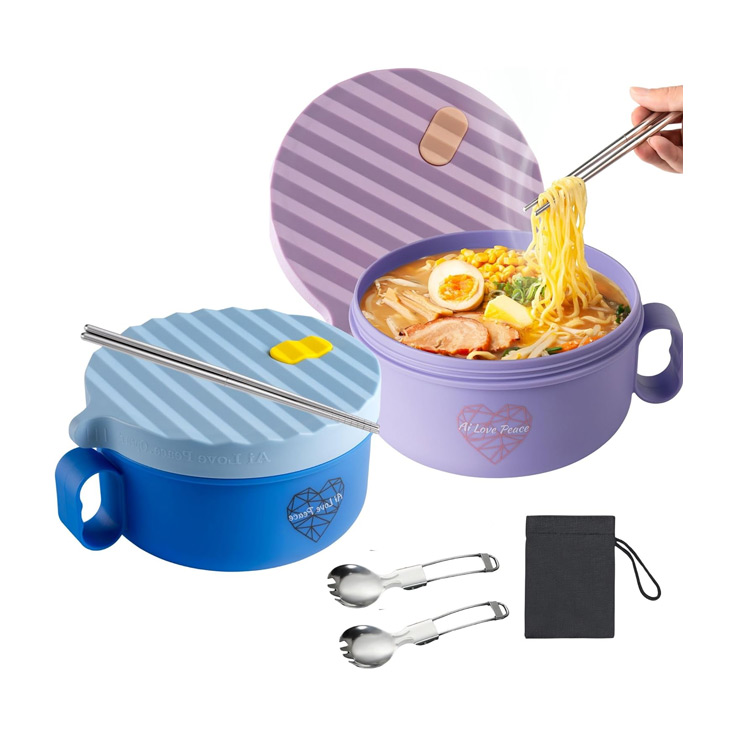Clams have a clean, oceanic taste that makes them especially popular in shio (salt) or dashi-based ramen, where subtle flavors are emphasized rather than masked. In ramen, clams serve two roles: as a broth enhancer and as a topping.
When used in the broth, clams—often asari (Japanese littleneck clams)—are simmered just until they open, releasing their natural juices into the soup. This enriches the broth with a marine sweetness and mineral depth, creating a refined, layered flavor without heaviness. The resulting soup is clear, light, and deeply aromatic.
As a topping, clams are typically served in their shells for presentation, though they can also be removed and served shelled for ease of eating. They’re usually paired with other delicate ingredients like yuzu zest, spring onions, or leafy greens, and often appear in seasonal or gourmet ramen menus.
Types of Clams Used in Ramen
In Japan, several types of clams are used in ramen, each bringing unique flavor characteristics to the broth or as toppings. The most commonly used include:
Asari (あさり) – These are Japanese littleneck clams, the most popular choice for ramen. They’re small, sweet, and tender, ideal for light broths like shio or dashi. Their briny, clean flavor enhances the soup without overpowering it.
Shijimi (しじみ) – These are freshwater clams, smaller than asari, often used in miso soup but also found in ramen. Shijimi are prized for their high umami and liver-supporting nutrients, contributing a subtle, earthy seafood flavor to lighter broths.
Hamaguri (はまぐり) – Larger and meatier than asari, hamaguri (common orient clams) are occasionally used in premium or seasonal ramen dishes. Their flesh is rich and juicy, giving a deeper, more robust shellfish flavor.
Bai-gai (バイ貝) – These are whelks or sea snails, sometimes included in seafood ramen as a substitute or addition to clams. They have a firmer texture and a mildly sweet ocean flavor, though not technically clams.
Usage and Selection
Clams are typically used to infuse broth with a clean, briny umami by simmering them briefly—just until they open—to avoid overcooking and bitterness. They may also be served as a topping, either in-shell for visual appeal or shelled for convenience.
For selection, small varieties like asari are preferred for their sweet, tender meat and quick cooking time. Clams should be fresh, tightly closed, and smell like the sea—not fishy. Before use, they’re usually soaked in salted water to purge sand and grit, ensuring a clean, smooth broth. Properly selected and handled, clams bring a refined seafood note to light ramen styles like shio or dashi-based bowls.
Types of Ramen Using Clams
Clam ramen is especially common in coastal regions of Japan and has gained popularity in modern fusion ramen, where seafood is highlighted more prominently. Its appeal lies in its ability to transform a bowl of ramen into something light, elegant, and subtly luxurious, ideal for those who enjoy the purity of seafood flavors.

Shoyu Ramen
Shoyu ramen uses a clear and salty soy sauce broth and is considered fairly balanced, with many comforting flavors.
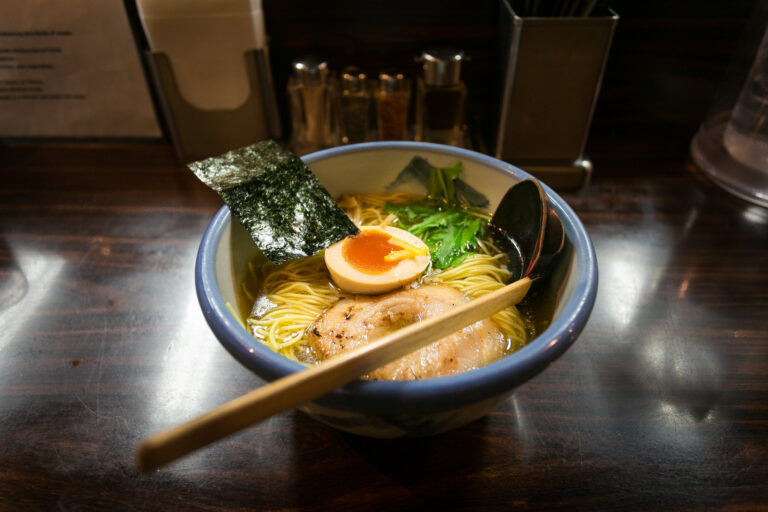
Shio Ramen
Shio Ramen is based on chicken broth. Its main seasoning is salt, and its toppings are usually a refreshing mix of seafood and veggies.
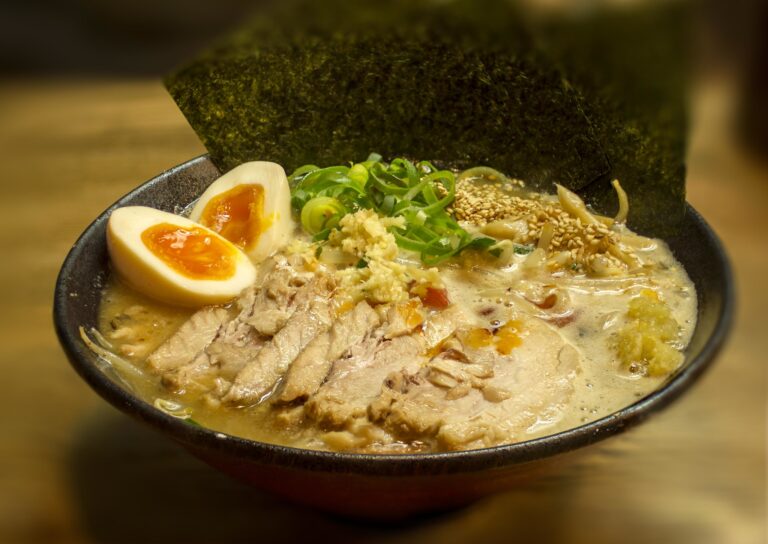
Miso Ramen
Miso Ramen originates from Hokkaido and features a robust miso-based broth, as well as ground pork, corn, and a blend of savory toppings.
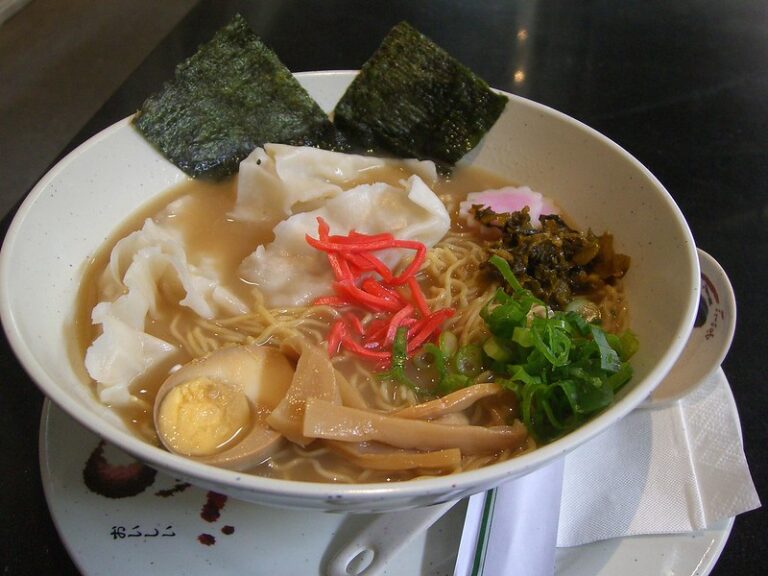
Seafood Tonkotsu Ramen
Seafood Tonkotsu Ramen is a variation of traditional tonkotsu ramen that blends the richness of pork bone broth with the depth of the sea.

